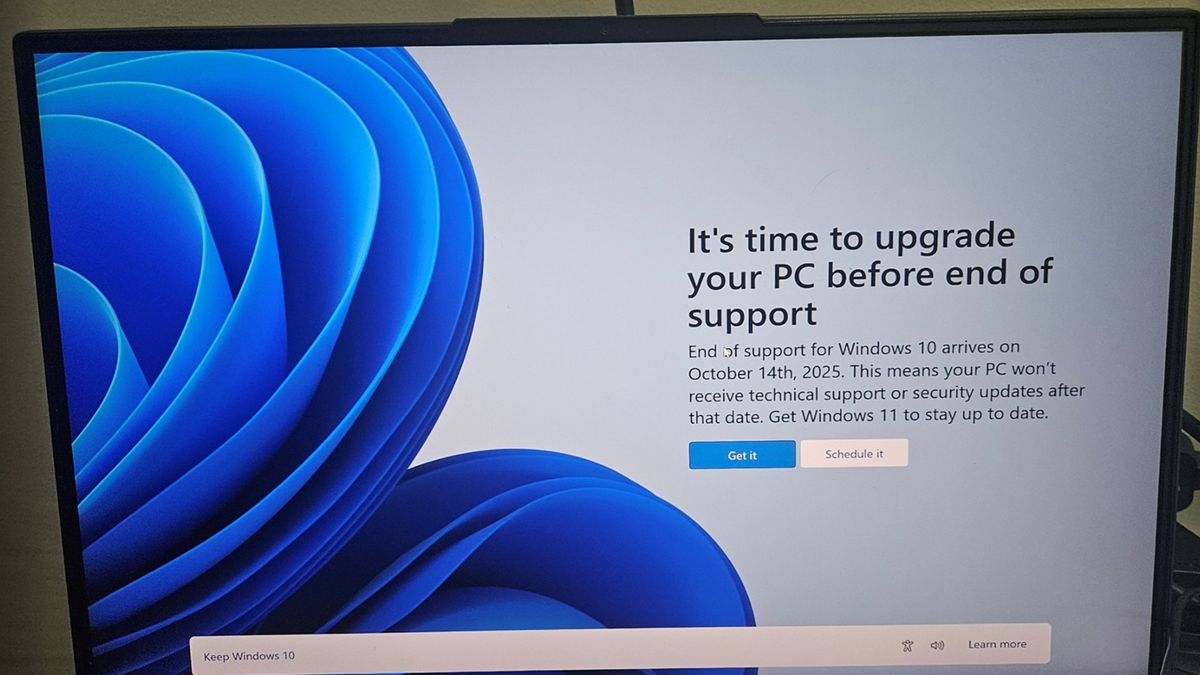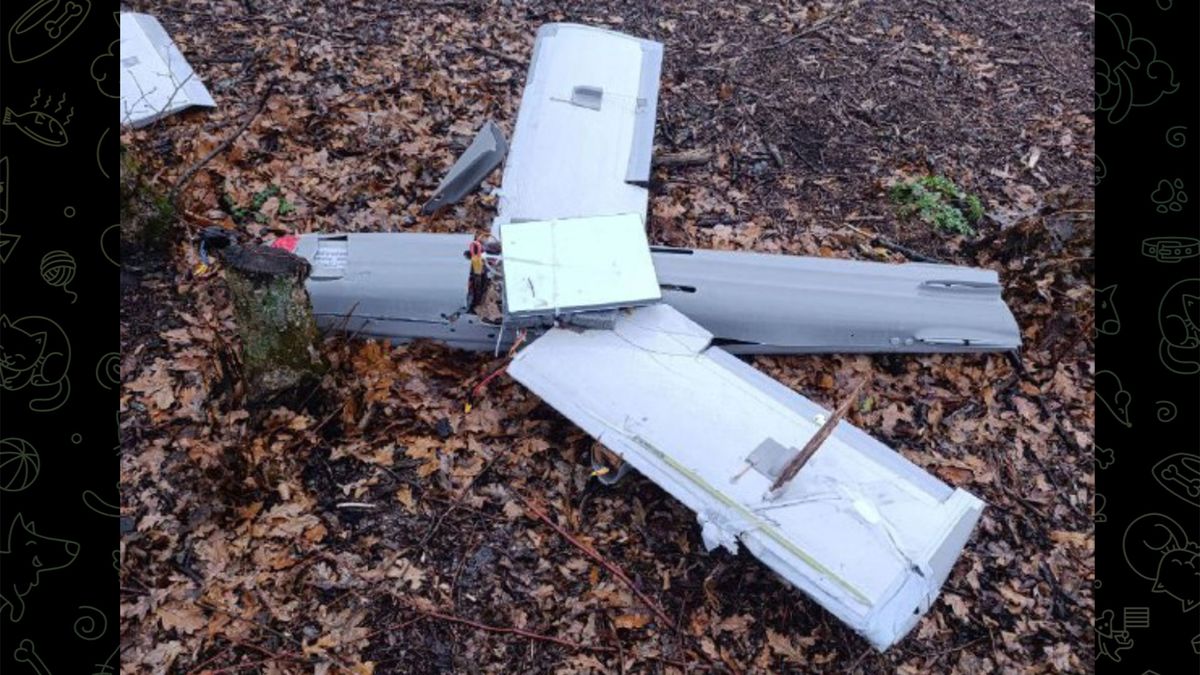To save the northern west’s spotted owls (Strix occidentalis caurina) from extinction, the U.S. Fish and Wildlife Service plans to kill up to 450,000 barred owls (Strix Varia) across California, Oregon, and Washington. The controversial conservation strategy, announced last year, has sparked an ethical debate that recently played out on the Senate floor.
On October 29, Senator John Kennedy (R-LA) attempted to block the proposal—which could cost taxpayers an estimated $1.35 billion over 30 years—by bringing the matter to a vote with a joint resolution under the Congressional Review Act. The legislation failed with 25 votes to 72.
“The barred owls are not hurting anybody. They’re just doing what nature teaches them to do,” Kennedy said before the Senate prior to the vote, flanked by photos of owls and Elmer Fudd carrying a rifle. “We’re going to change nature? We’re going to control our environment to this extent? We’re going to pass DEI for owls?”
In case you’re wondering how the Senate was able to vote on this during a government shutdown, it’s because the Congressional Review Act remains a legislative function during a funding lapse.
Owl vs. owl
The USFWS has been fighting to save northern spotted owls populations in the western U.S. for decades. Officials first listed the subspecies as threatened in 1990, citing widespread habitat loss and a lack of conservation regulations.
Today, the greatest threat to northern spotted owls in California, Oregon, and Washington is the incursion of nonnative barred owls, according to the USFWS. Between 1995 and 2017, barred owls were the primary driver of a 65% to 85% decline in northern spotted owl populations across much of their native range.
Experts believe barred owls began expanding out of their native eastern range around the turn of the 20th century, perhaps driven by habitat loss as Europeans settled the East. This species is larger, more aggressive, and more adaptable than the northern spotted owl. As the two compete for food, habitat, and nesting grounds, spotted owls are losing.
The USFWS’s plan aims to stop the decline of the northern spotted owl by culling barred owls from designated areas. That doesn’t mean it’s open season on barred owls. Lethal removals will be conducted by individuals trained to identify members of the species and shoot them.
“Invader removal” is a proven conservation strategy, but the agency’s proposal has raised questions about the ethics of killing one species to save another.
A divisive issue
The USFWS first introduced the plan under Biden, but the Trump administration is supporting it under pressure from loggers who argue that scrapping the plan could affect existing land-use plans, thus jeopardizing GOP efforts to increase logging, Politico reports.
The Senate vote on October 29 revealed an unusual divide between the Trump administration and certain Republicans. According to The Guardian, officials had encouraged Kennedy and other GOP members to support the proposal. And yet, the majority of votes in favor of Kennedy’s resolution were Republican, C-SPAN reports.
Activists have been similarly split on the issue. Some say the barred owl cull is a necessary measure to prevent extinction of the northern spotted owl, while others argue the plan is cruel and impractical and could have unintended consequences for the ecosystem.
Critics have also argued that the government is unfairly scapegoating barred owls for the human-caused factors that have endangered spotted owls, such as land-use change, logging, and climate change.
Despite controversy and challenges, the USFWS barred owl management plan will now move forward. It’s unclear when the cull will begin.









 English (US) ·
English (US) ·